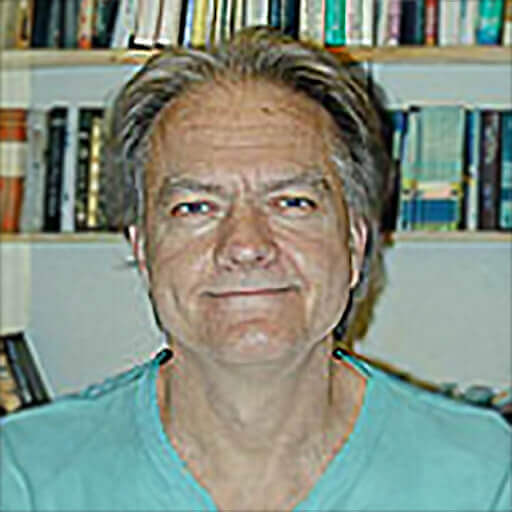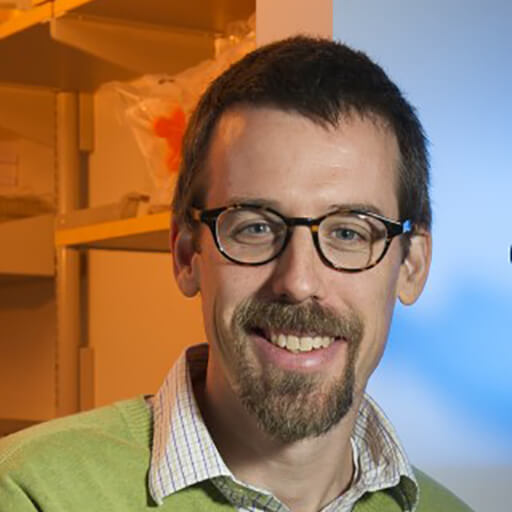Bioengineered Stem Cell-Derived Cone Photoreceptor Therapy

About the Research Project
Program
Award Type
Standard
Award Amount
$160,000
Active Dates
July 01, 2016 - June 30, 2018
Grant ID
M2016173
Acknowledgement
Co-Principal Investigator(s)
Goals
Drug therapy only slows the progression of disease, but does not represent a regenerative approach to macular degeneration treatment. We will use cell regenerative techniques to produce large quantities of cone photoreceptors for transplantation directly into the retina. Cones are the cells responsible for high-resolution/color vision and are lost in disease. We will take advantage of natural biomaterials as vehicles to deliver cells to the eye, increase their survival, and improve their function after transplantation.
Summary
We are focused on the goal of producing large quantities of cone photoreceptors for transplantation directly into the retina. Cones are the cells responsible for high-resolution/color vision and are lost in AMD.
Our first aim is to use regenerative techniques to derive cells that behave like the stem cells that grow in human eyes (“retinal stem cells”). We will treat these mass-produced retinal stem cells with specific chemical factors to produce cone photoreceptors with high purity and high efficiency. We will investigate the biological mechanisms at play during this process to better understand how to produce these therapeutically important cells. In the second phase of our project, we will take advantage of natural biomaterials as vehicles to deliver cells to the eye. In doing so, we will look to increase their survival and improve retinal function after transplantation.
We foresee that, given the state of the stem cell field, early success and key findings from this project are poised to shift the paradigm of therapeutic cell sources for the treatment of AMD toward the targeted production of specific, clinically relevant cell types to replace those lost in disease. From a clinical perspective, improved stem cell-derived cone transplantation will show that the adult retina can be repopulated with transplanted photoreceptors, and can be a viable approach to treat patients suffering from AMD.
Grants
Related Grants
Macular Degeneration Research
Identification of Factors that Can Stimulate Regeneration of the RPE
Active Dates
July 01, 2016 - June 30, 2018

Principal Investigator
Jeffrey Gross, PhD
Identification of Factors that Can Stimulate Regeneration of the RPE
Active Dates
July 01, 2016 - June 30, 2018

Principal Investigator
Jeffrey Gross, PhD
Macular Degeneration Research
Indirect Photoreceptor Neuroprotection Through Small Molecule-Induced Growth Factors
Active Dates
July 01, 2016 - June 30, 2018

Principal Investigator
Petr Baranov, MD, PhD
Indirect Photoreceptor Neuroprotection Through Small Molecule-Induced Growth Factors
Active Dates
July 01, 2016 - June 30, 2018

Principal Investigator
Petr Baranov, MD, PhD
Macular Degeneration Research
The Generation of Cone Photoreceptor Outer Segments
Active Dates
July 01, 2024 - June 30, 2027

Principal Investigator
Heike Kroeger, PhD
The Generation of Cone Photoreceptor Outer Segments
Active Dates
July 01, 2024 - June 30, 2027

Principal Investigator
Heike Kroeger, PhD



